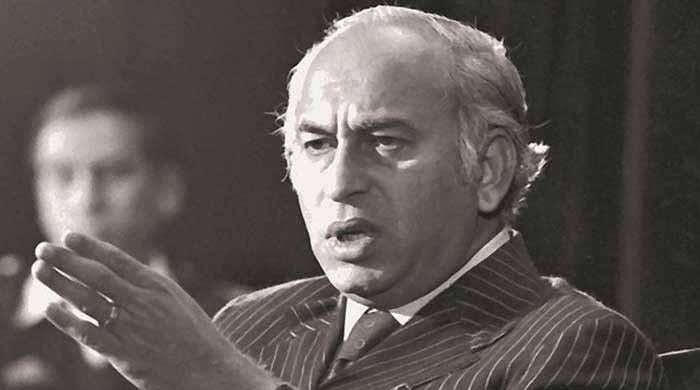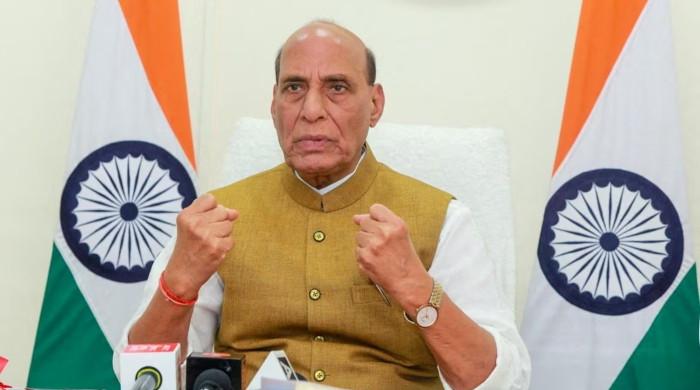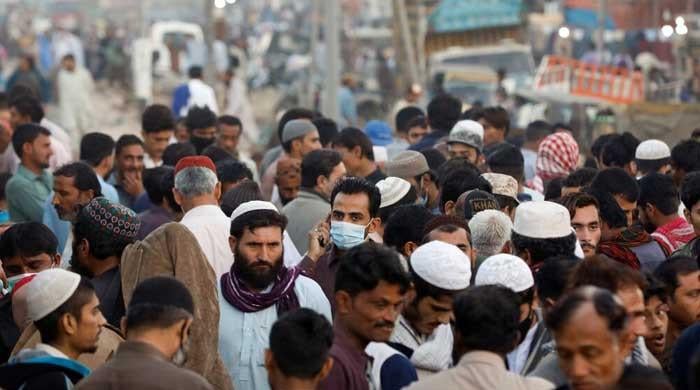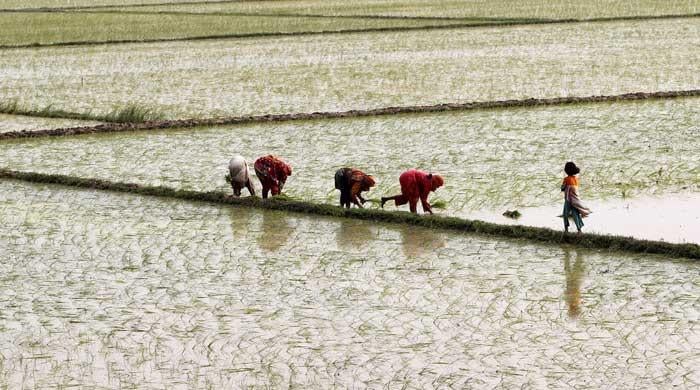Going back to the IMF
Finance Minister Asad Umar is due in Indonesia next week to attend the annual meeting of World Bank and IMF
October 10, 2018
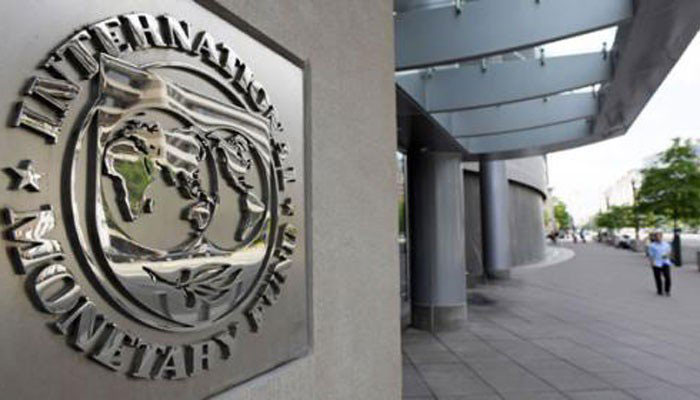
Barely 57 days in office, and after looking for alternative options, the Pakistan Tehreek-e-Insaaf (PTI) government finally announced that it is open to talks with the International Monetary Fund (IMF) for a bailout to stem a balance of payment crisis.
Till now, there is little clarity on how much in emergency financing the government would seek. Finance Minister Asad Umar is due in Indonesia next week to attend the annual meeting of the World Bank and IMF, where the specifics are likely to be hashed out.
But what are the on-ground implications of another monetary package? What does it mean for us? We ask experts to weigh in on what comes next:
“Painful for businesses, middle-income groups and the poor”
Unfortunately, this will be Pakistan's second IMF programme in five years. While the government has finally decided to approach the IMF, they haven't shown clarity on what the IMF conditionalities would look like. This is one reason as to why the currency market is panicking.
A resort to IMF also provides the opposition parties something for point scoring. There remains very little appreciation (at the political level) regarding why we continue to remain IMF clients. Our lack of action to reform public sector enterprises, losses in energy sector, and a weak tax reform programme are some key factors keeping the fiscal deficit high. Regarding the trade account, appetite for non-essential imports and weak export competitiveness have widened the deficit.
We understand that the IMF programme will entail a painful adjustment for businesses, middle-income groups and the poorest segments in the society due to an inflationary impact. But we would really like to see how the government aims to use the IMF programme facility for structural reforms which can: a) plug losses of public sector enterprises, b) bring down the circular debt in the energy sector, c) implement a strong tax administration reform, d) slash the politically motivated public sector development schemes, e) and reduce the overall size of the government so that current expenditures are curtailed. As explained in the recent book 'Pakistan's Agenda for Economic Reforms' published by the Oxford University Press, all of the above requires seamless coordination with provincial governments, which after the 18th Amendment is a real test of the top leadership.
In the case of a trade deficit, one needs to now observe how the new set of customs and regulatory duties can apply brakes to the non-essential imports. The past experience with regulatory duties is mixed. Instead for regulatory duties, IMF will perhaps favour a large devaluation and high interest rates to control current account deficit but of course this will have inflationary impacts. To protect the poorest segment of the population from inflation, the government may like to strengthen social safety nets and mechanism of targeted and time bound subsidies.
Dr Vaqar Ahmed, Joint Executive Director, Sustainable Development Policy Institute (SDPI)
“Expect a further hike in gas and electricity tariff”
As per early morning reports, the Pakistani rupee has weakened, while the US dollar has soared, in the interbank market by around eight per cent and was trading at Rs134.50, compared to previous close of Rs124.25. This is a positive indication to lending agencies and shows the government’s resolve to undertake much-needed measures.
The entire negotiation process of the bailout can take four to six weeks or longer given that the amount of bailout needed is large.
It was high time that the government decided to seek the IMF bailout. Other than low foreign exchange reserves (at $8.6bn as of September 28, less than two times the monthly imports) the country posted July‐August Current Account Deficit of $2.7bn, up by 10 per cent year over year. Keeping that in mind, the decision is positive and the IMF program will eventually lead to the much needed fiscal discipline and stabilisation process.
However, the IMF program will come with specific external, fiscal and monetary measures. These will likely result in a slowdown in GDP growth to around 4.0‐4.5 per cent (compared to GDP growth of 5.8 per cent in the fiscal year 2018. Further, the conditions could include:
- More exchange rate devaluation
- Further hike in interest rates. The State Bank of Pakistan (SBP) has already raised interest rates by 275 basis points to 8.5 per cent in the calendar year to date.
- Hike in gas and electricity tariff to reduce energy related subsidies and contain the burgeoning fiscal account (as well as circular debt). The government has already hiked gas tariff on average by 35 per cent and more could follow.
- Taxation measures to reduce the fiscal deficit over and above the recently announced mini-budget.
- Cap on borrowing from the State Bank of Pakistan (SBP) to contain monetary expansion and inflation pressures.
- Increase in regulatory duties and customs duty on imports to contain trade deficit
- Restructuring/privatisation of State Owned Enterprises.
Mohammed Sohail, CEO Topline Securities




